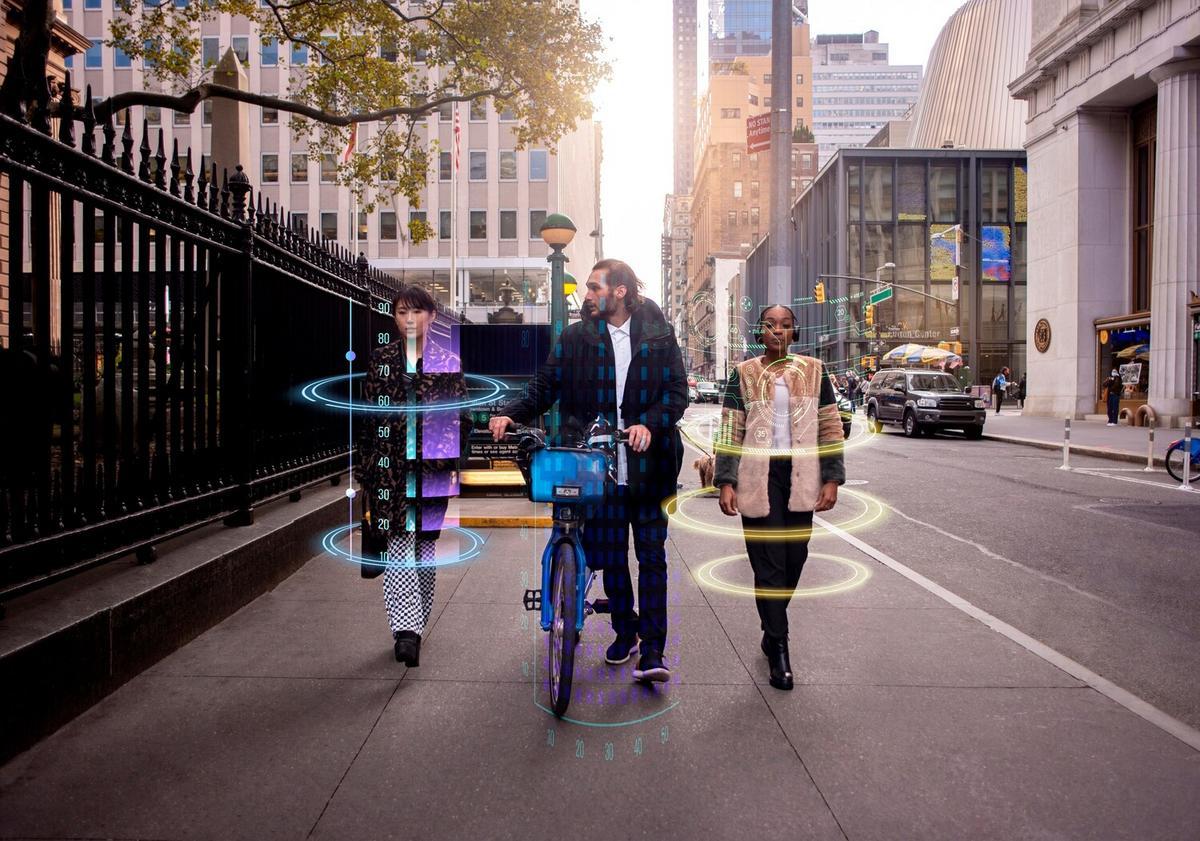
How Autonomous Vehicles are Revolutionizing Urban Transport
Imagine a city where traffic flows smoothly, pollution is reduced, and commuting is a more relaxing experience. Autonomous vehicles are not just a futuristic concept but a present-day reality shaping urban transport in remarkable ways.
As cities continue to grow, the need for efficient and sustainable transportation becomes more pressing. Autonomous vehicles (AVs) are emerging as a transformative force in urban transport, with the potential to revolutionize how we navigate our cities. This article delves into the impact of AVs on urban environments, drawing on expert insights, current statistics, and practical examples.
The Rise of Autonomous Vehicles
Autonomous vehicles operate using advanced technologies such as sensors, machine learning, and artificial intelligence to navigate without human input. According to a report by the International Transport Forum, AVs could significantly reduce traffic congestion and accidents, potentially decreasing the number of traffic fatalities by up to 90%.
Expert Opinions on Autonomous Vehicles
Dr. Mark Johnson, a transportation analyst, notes, “Autonomous vehicles have the potential to completely change our approach to urban mobility, offering safer, more efficient, and more sustainable transport solutions.” These vehicles can optimize traffic flows, reduce emissions, and provide accessibility for individuals who cannot drive.
Statistics Highlighting the Impact
Recent studies indicate that widespread adoption of AVs could lead to a 15% reduction in urban traffic congestion. Furthermore, the potential reduction in fuel consumption and emissions could contribute significantly to environmental sustainability efforts.
Real-World Examples
Cities like Singapore and San Francisco have already begun integrating AVs into their public transport systems. In Singapore, autonomous shuttles are being tested to provide last-mile connectivity, demonstrating the practical benefits of AV technology in urban settings.
| City | AV Initiative | Impact |
|---|---|---|
| Singapore | Autonomous Shuttles | Improved last-mile connectivity |
| San Francisco | AV Ride-Hailing | Reduced traffic congestion |
| Tokyo | AV Buses | Enhanced public transport efficiency |
| Dubai | Self-Driving Taxis | Lower carbon emissions |
| Paris | AV Trials in Urban Areas | Increased safety and accessibility |
| Stockholm | Automated Freight Transport | Efficient goods delivery |
| London | AV Technology Testing | Enhanced traffic management |
| New York | AV Public Transport Integration | Reduced travel times |
Actionable Tips for Embracing AVs
- Stay informed about local regulations and developments in AV technology.
- Consider the potential benefits of AVs for your daily commute or business operations.
- Advocate for infrastructure improvements that support AV deployment.
Frequently Asked Questions
What are autonomous vehicles?
Autonomous vehicles are cars or other vehicles that use sensors and software to navigate without human intervention.
How do AVs impact urban transport?
AVs can reduce traffic congestion, lower emissions, and improve road safety by minimizing human error.
Are autonomous vehicles safe?
While AVs are designed to enhance safety, ongoing testing and regulations are essential to address potential risks.
How can cities prepare for AV integration?
Cities can invest in infrastructure improvements, update regulations, and promote public awareness to support AV adoption.
Conclusion: The Future of Urban Mobility
Autonomous vehicles are poised to redefine urban transport, offering promising solutions to longstanding challenges such as congestion and pollution. By embracing these innovations, cities can move towards a future where transportation is not only efficient but also accessible and sustainable. As we continue to witness advancements in this field, it’s crucial for city planners, businesses, and residents to collaborate and adapt to these changes, ensuring a seamless transition to the era of autonomous driving.


